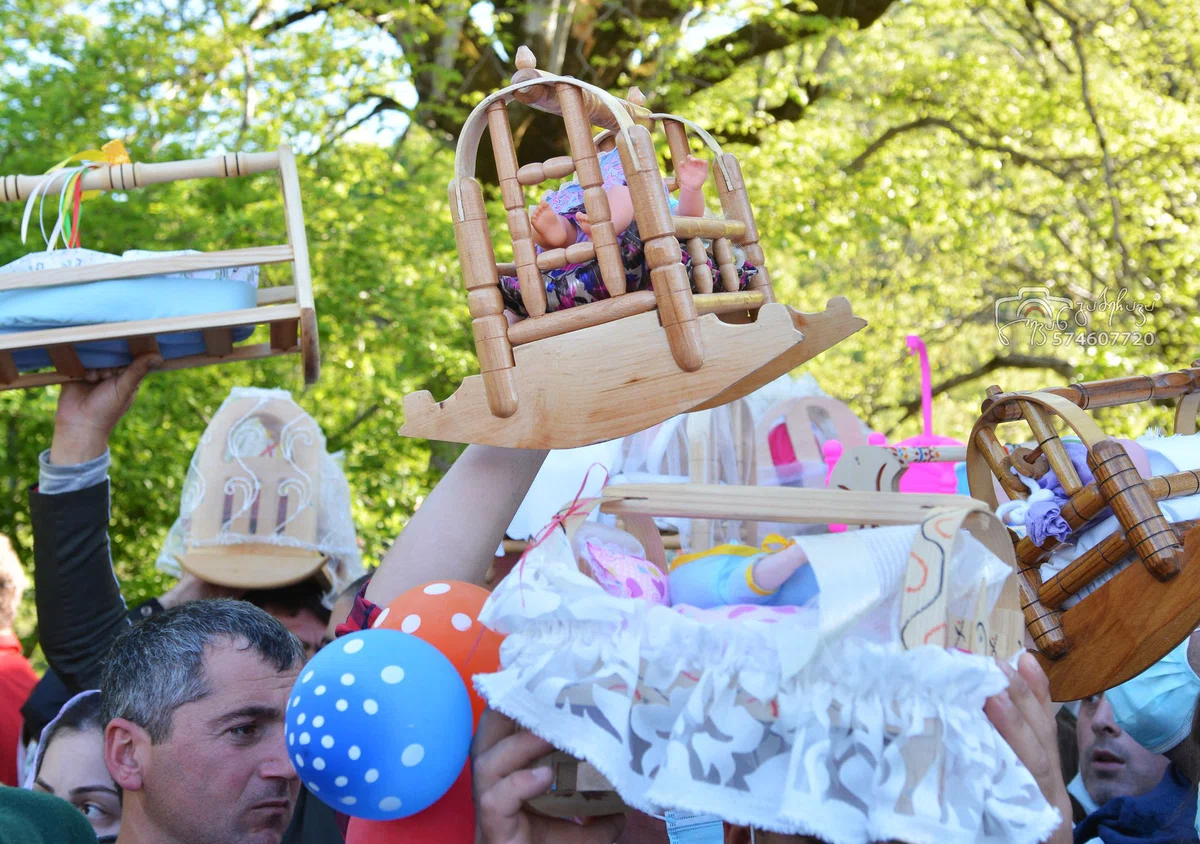
Faith and happiness of motherhood: The Georgian holiday of Tsachkhuroba, which brings joy to young families
Discover the Georgian holiday Tsachkhuroba, which unites faith, traditions and community, helping childless couples to experience the happiness of motherhood and fatherhood. Learn about the power of faith, which works wonders even when medicine is powerless to help.
Incredible atmosphere at the Georgian Tsachkhuroba festival
Motherhood is a precious and indescribable feeling that some happy women experience, while others, unfortunately, are deprived of this joy. Is there an answer to the question of the reasons for such injustice? In Christian morality, they teach to come to terms with fate, but how to come to terms with the desire to hug your baby, sing a lullaby and take care of him, especially when medicine is unable to help?
Nevertheless, a person's faith works miracles and allows for hope. Orthodox Christians from all over the country come toChurch of the Archangel, near the village of Tsachkhuri (Tsachkhuri) in Martvili.
In this place every ThursdayEaster Week The traditional Tsachhuroba festival is held. On this day, childless spouses from all over Georgia gather in the Church of St. Andrew the First - Called, they offer prayers and leave gifts in the hope of fulfilling the most cherished desire – to become parents..
Those who have already become a parent after previous visits to Tsachhuroba also come to the holiday. All of them bring with them traditional Georgian cradles (aquani). Some come to take the consecrated cradles, others to give them to new childless couples. Visiting the temple three times on this holiday is considered a prerequisite in order to experience the happiness of motherhood and fatherhood.
The Tsachhuroba ceremony is an example of how faith and traditions help people cope with the difficulties of life and hope for a miracle. The support of the community, which unites its efforts and prayers for the happiness of young families, is of the utmost importance.
The way to the shrine
According to an ancient legend, Andrew the First-Called, one of the apostles of Jesus Christ, erected a stone cross on the site where the church was later built. This happened during his journey from Samegrelo to Svaneti. In the VIII century, a church appeared on the site of the cross, which was destroyed and restored in the XVIII century. Thus, the Tsachhur church has reached our days.
The church is located on a hill, and to get to it, you have to walk seven kilometers from the center of the village. Pilgrims walk along a country path that rises up.
The day before the holiday, it usually rains, and people walk through mud up to their ankles. Climbing by car is possible, but difficult due to the large number of pilgrims occupying the road.
For residents of neighboring villages, this is a big event, and they try to preserve traditions by preparing feasts for guests and pilgrims passing by. People start climbing at dawn to catch the morning service in the temple. Some rise the day before to spend the night in the mountains.
On the way to the temple, an amazing thing happens: strangers become closer, begin to communicate, as if they have known each other for a long time. At this moment, it seems that nothing else matters, and events here and now become the main ones.
As you climb, a magical landscape opens up: a green valley, a winding road and pilgrims slowly moving upwards. Oncoming travelers sometimes catch up with each other, then lag behind, and sometimes completely disappear from sight. The whole journey is filled with mysticism and a sense of unity with nature and other pilgrims.
Performing the rite and blessing
When the church bells ring, the eyes of all those gathered are turned to the bell ringer. Soon the ringing of the bells subsides and the priest begins to say a prayer, after which he sprinkles holy water on the cradles raised high above their heads.
Where did the tradition of celebrating Tsachhuroba come from
No one can say for sure how the ritual of the cradle of childlessness, as it is called here, arose. It is said that in ancient times there was a pagan shrine called Moshe Tsachhuru on the site of the current temple. According to legend, once a year idol worshippers came to the shrine, praying for procreation. With the spread of Christianity, a cross was erected on this place, and then a temple. The name of the place has been preserved to this day - Tsachhuru.
Since the beginning of the XX century, divine services in the Tsachkhur temple have stopped due to the political situation. However, people have not stopped coming here, bringing cradles and praying to the Almighty for a miracle. The ritual continues today, and the number of pilgrims increases every year. Today Tsachhuroba is considered completely a Christian holiday. Looking at the bright, hopeful faces, for some reason you begin to believe that they will definitely succeed. They will bring their prayers to heaven, and the miracle will come true…
National customs on Tsachhuroba
Not only childless couples come here, but also those who have children after the ceremony. They pray as a sign of gratitude and demonstrate a miracle by their example. The most desperate find hope here.
It is considered a special tradition to bring aquani with you. This is a small wooden Georgian cradle. It is better to make it with your own hands, but it is not forbidden to buy from the local population. Many people put dolls and dolls in the cradle. It is very symbolic and looks extraordinarily beautiful from the outside.
After the service and the consecration ceremony, those who have become parents leave aquani in the temple, and those who hope for a miracle take her with them.
The locals have their own belief: whoever feeds more guests will receive grace for next year. Therefore, everyone is a welcome guest in all Georgian families. Everyone is greeted with joy and a mandatory treat.
How to get to the place of pilgrimage on Tsachhuroba
To get to the church of the Archangel on Bright Week, first you need to get to Martvili. Buses run here from Kutaisi every hour. The road from Tbilisi will take about 4 hours to Kutaisi and about half an hour to Martivili itself.
Then you will need to get to Salkhino (Salkhino). It is from here that people begin a walking pilgrimage to the temple. Most of the way lies on a dirt road, where a car can pass. However, most leave their cars in the village and walk toa holy place.
The way lies through the village of Tsachkhuri, which is located north of Salkhino, then the road goes to the right and up. Naturally, you can't do without a navigator or the help of local residents. Although on the Tsachhuroba holiday, you can move after the crowd. A cluster of people will accurately point the way and lead to the right place.
Tell us about your trip to Georgia on Tsachkhuroba in the comments!
We will be happy to get acquainted with the vivid impressions and unusual traditions that you have encountered.
About how other religious and secular holidays in Georgia, read in the Madloba catalog!
Photo source: Google Map





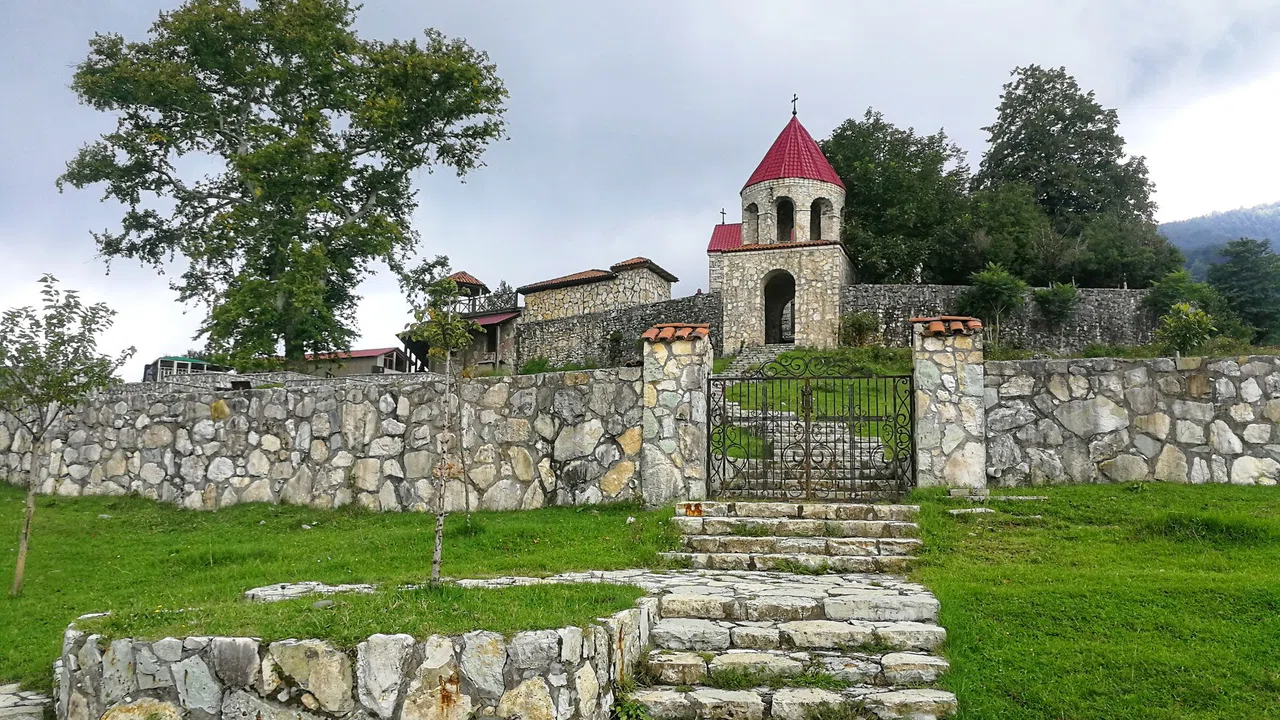
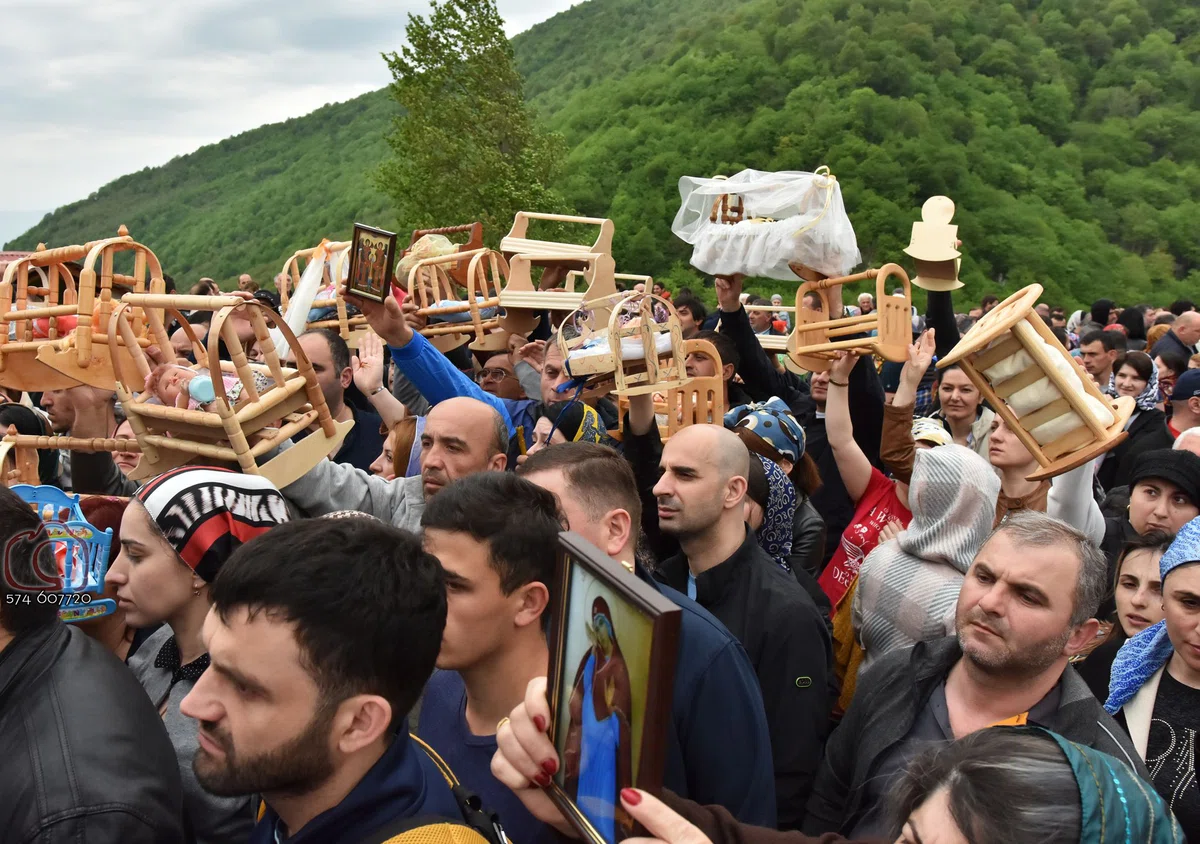
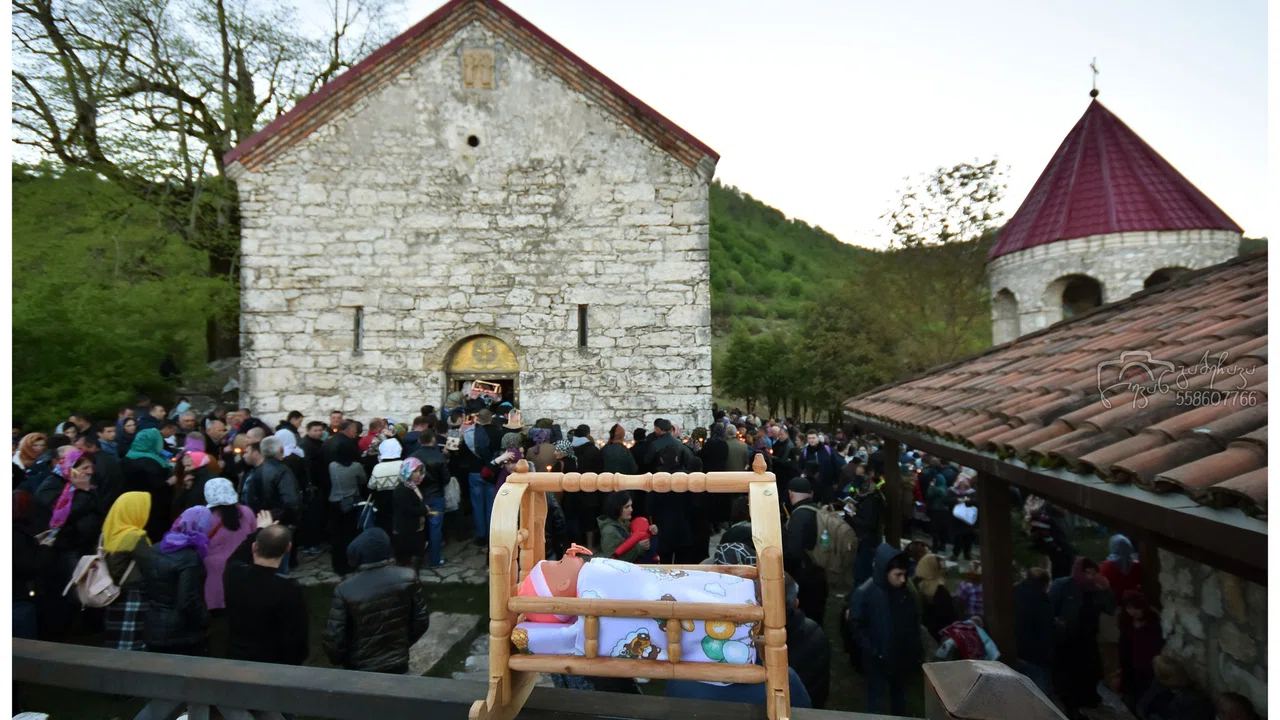
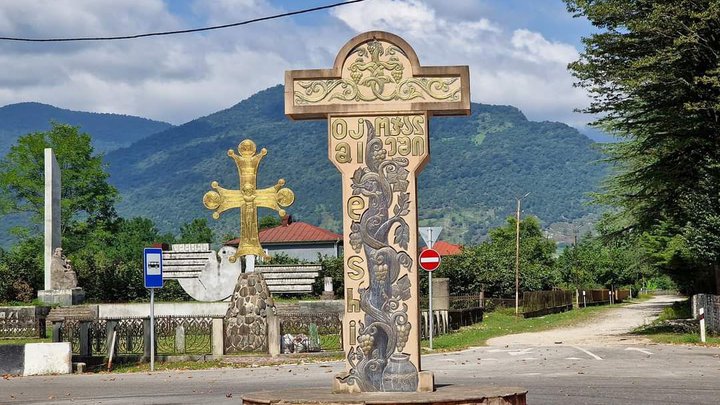
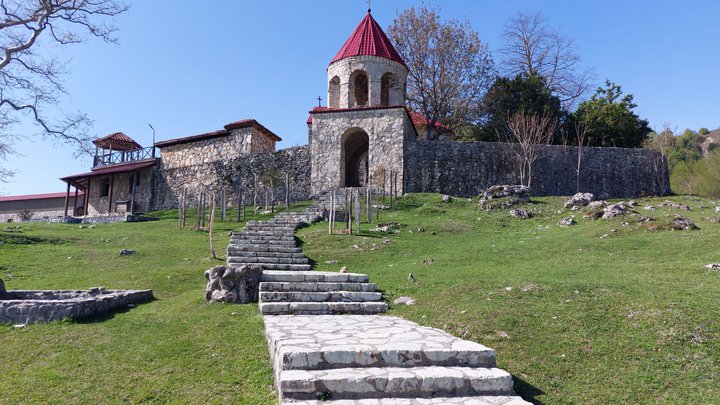
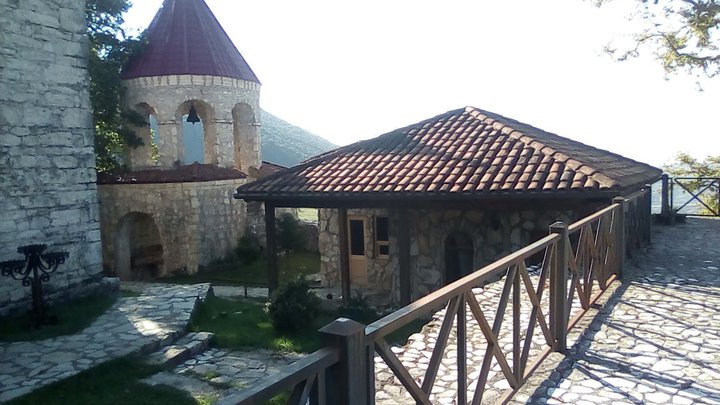

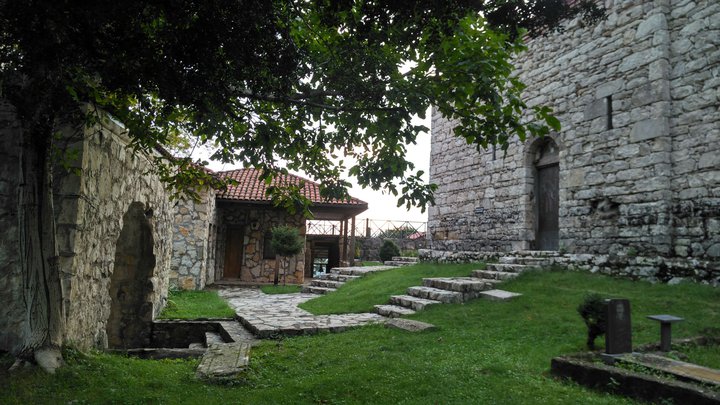
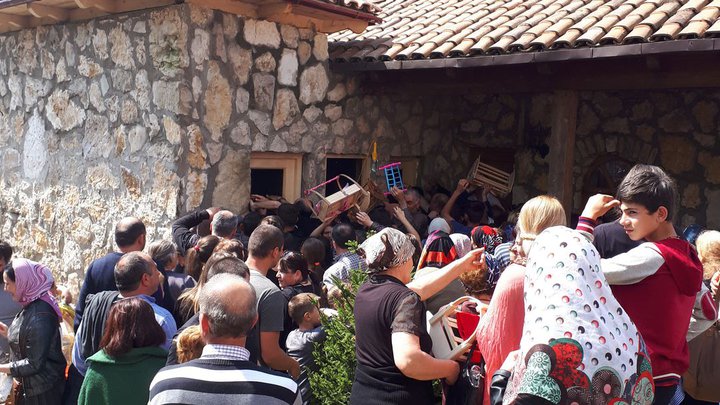
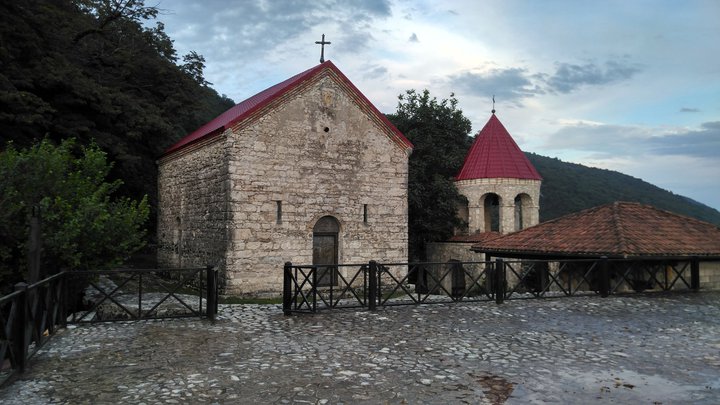
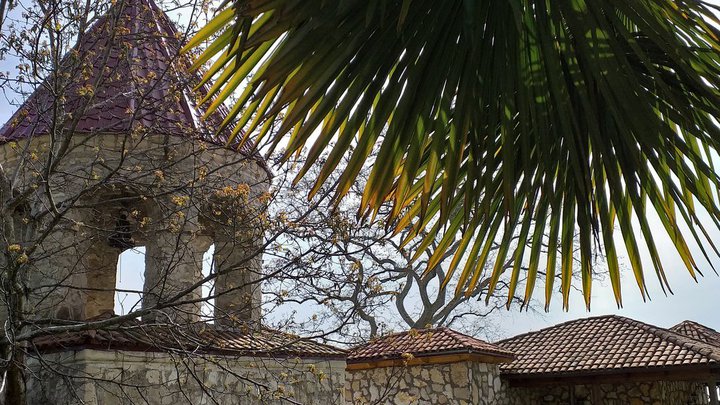
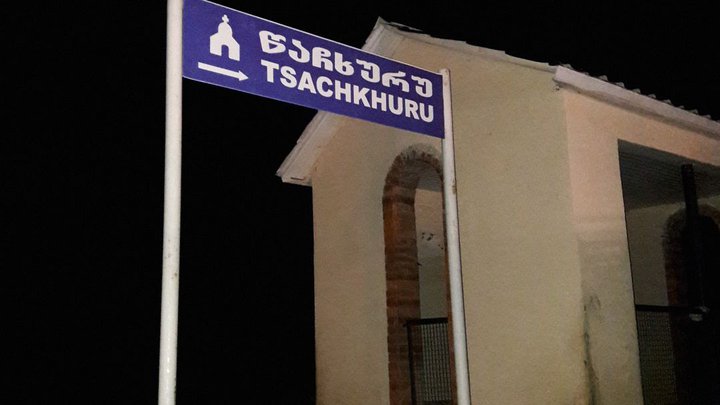
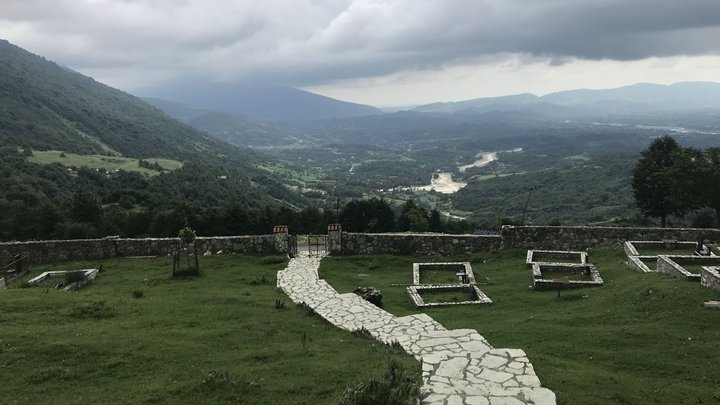
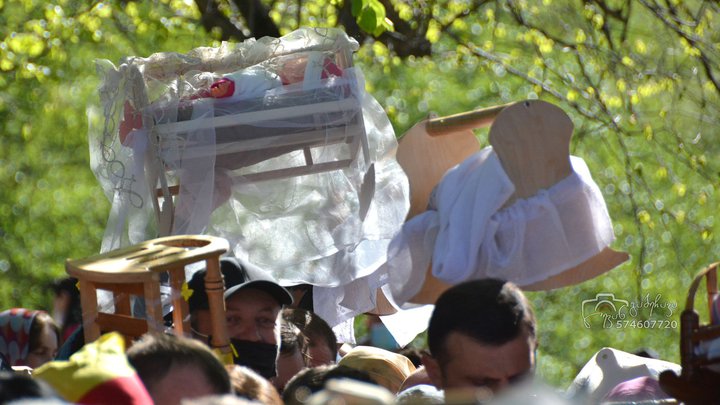
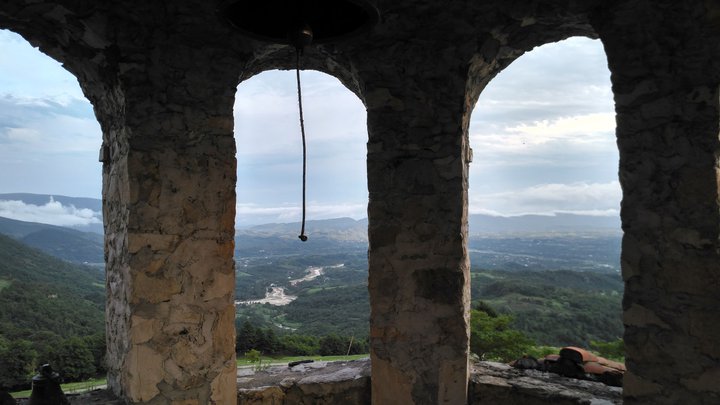
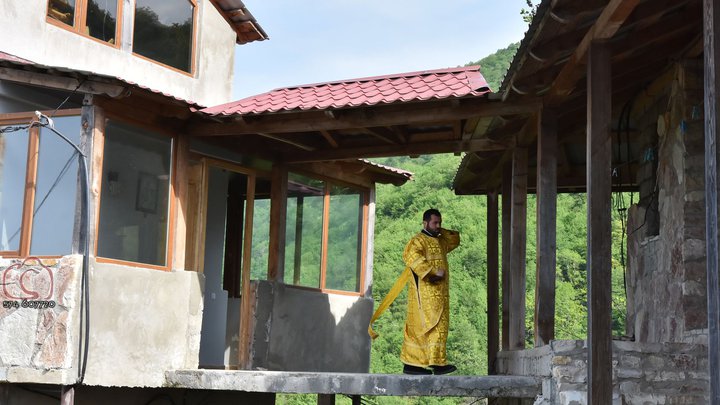
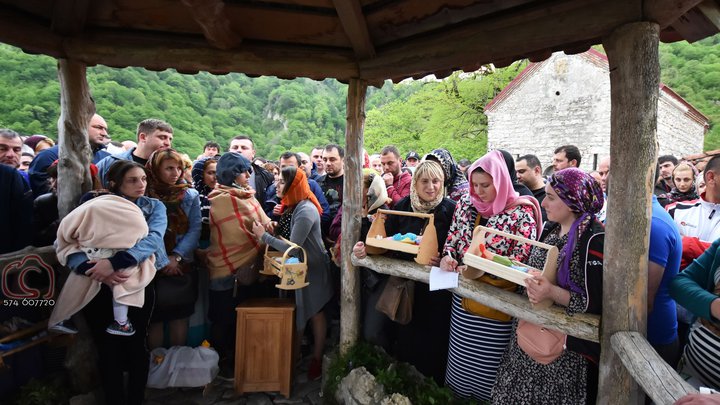
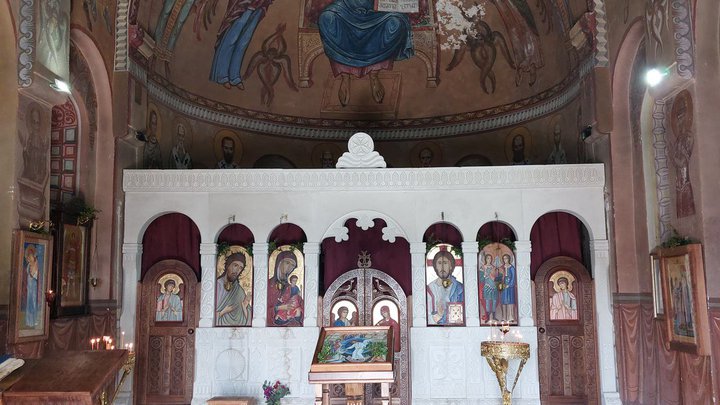

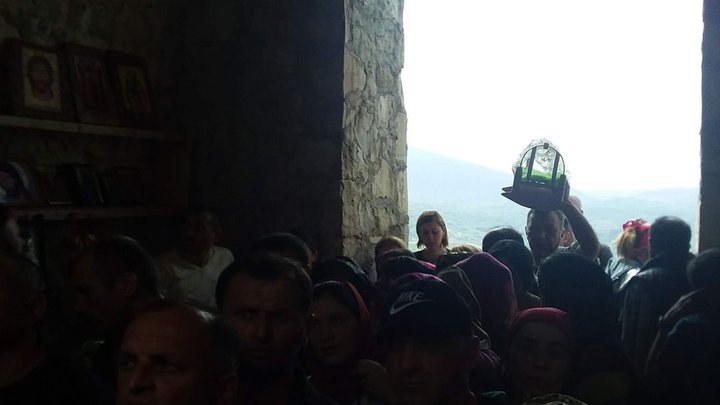
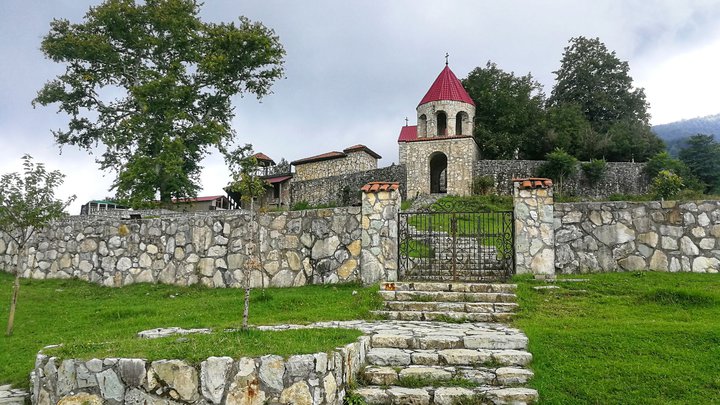



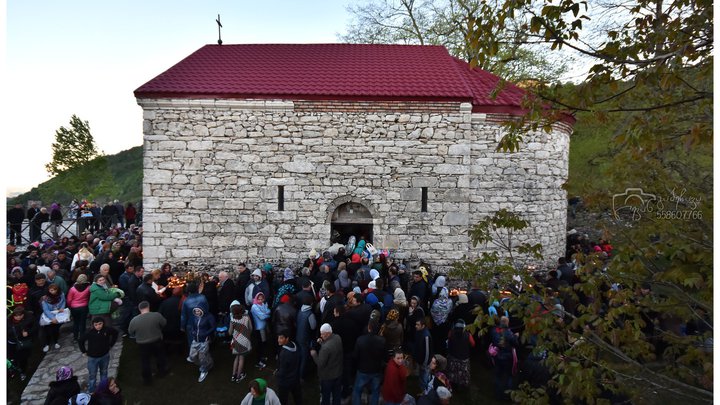
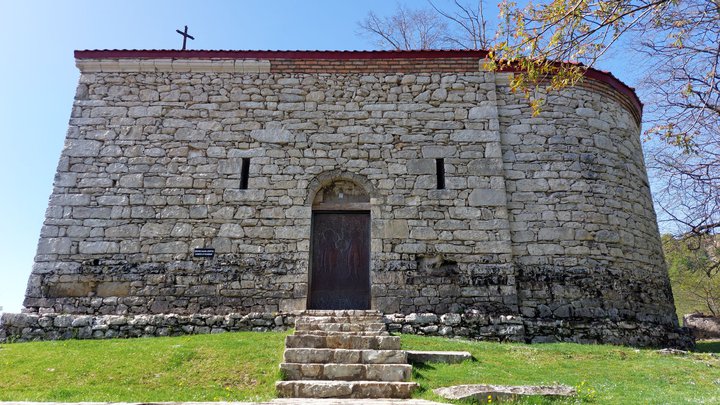
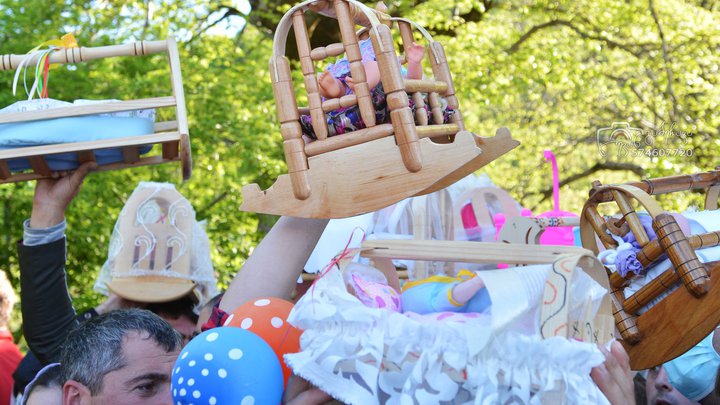
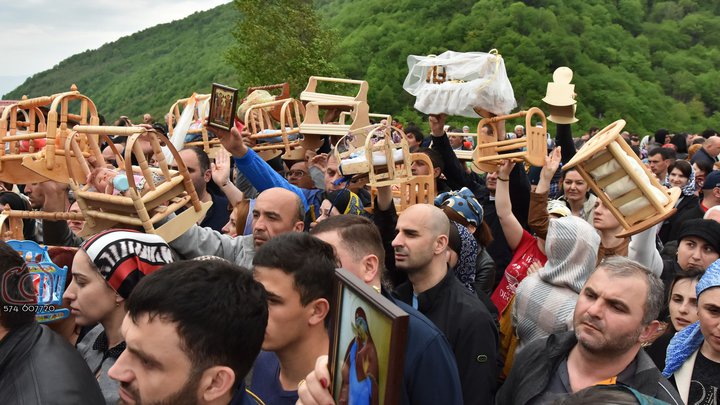
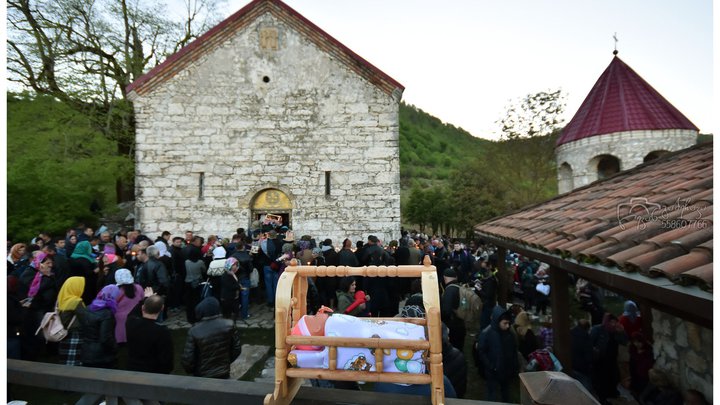
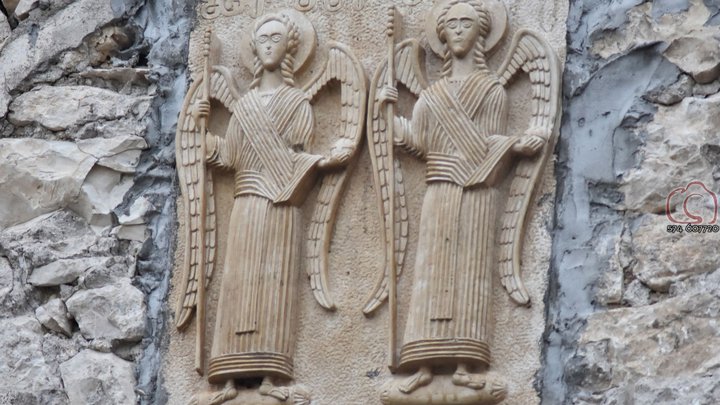







28 comments
Log in to leave a comment
Добраться до этого святого места не так просто. Путь к храму для кого- то станет символом нелегкого пути к родительству, но, лишь преодолев все трудности, возможно исполнить свою мечту.
Цачхуроба - это также прекрасный способ окунуться в грузинскую культуру и понять ее глубинный смысл. Стоит посетить этот праздник, если вы хотите прочувствовать атмосферу настоящей Грузии и испытать незабываемые впечатления. Ну а если вы мечтаете о малыше, тогда обязательно посетите храм Архангела трижды за этот праздник и если повезет, возьмите аквани (колыбельку). И вполне возможно, счастье материнства коснется и вас.